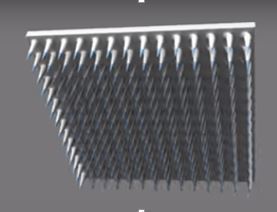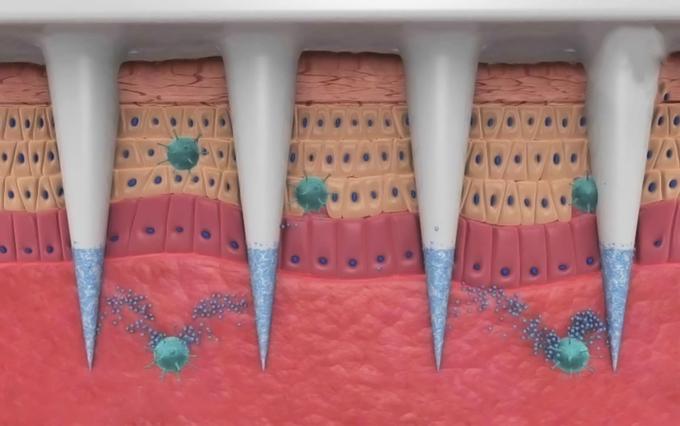Needles dissolved in the skin are created with 3D printing
The needles are created using 3D printing and water-castide, a renewable, biodegradable thermoplastic material that has been approved for use by the U.S. Food and Drug Administration. To achieve the conical shape of the needle is chemically etched after the printing process. A team of scientists from the University of Texas at Dallas is able to create microneedles with tips of 1 microm and various forms of needles with a width of 400-600 micrometers. By comparison, human red blood cells are about 5 microns wide.


Standard subcutaneous needles can be quite painful, as well as leave bruises if the injection is put incorrectly. New microneedles solve all these problems at the same time: they not only make injections painless, they are also convenient in the sense that everyone can injection with them. Source: Agency for Innovation and Development of Economic and Social Projects, https://www.innoros.com.au/publications/foreign-innovations/18/izobretenie-mikroigly-kotorye-delayut-ukol-bezboleznennym-i-poln When needles are not sent to garbage, but completely dissolved, solving the problem with waste.
So far, they are not suitable for every type of medicine, as they can deliver only substances consisting of small molecules. There is another drawback – ordinary needles are cheap, and to create microneedles need expensive equipment.
However, the results are impressive – the needles have already been tested on parafilm and pork skin. As intended, the micro-fuck pierced the shell, the medicine was administered, after which they dissolved.
Source: www.popmech.ru